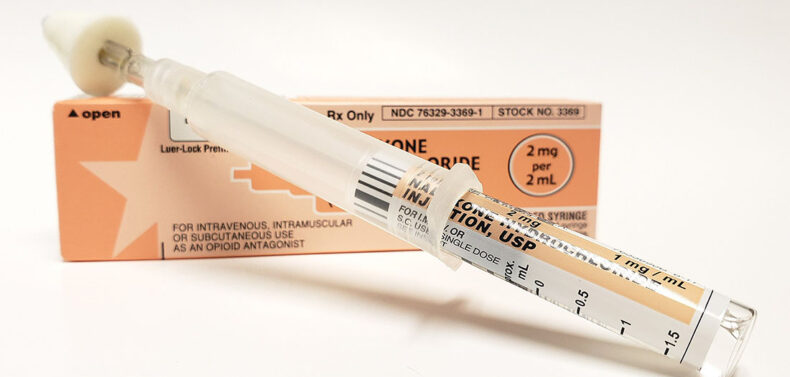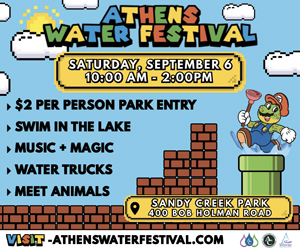Since the start of the COVID-19 pandemic, the rate of drug overdoses has grown both in Georgia and across the nation. Between 2019–2021, fatal overdoses involving opioids in Georgia have increased by 101%, from 853 to 1,718. Much of this increase can be attributed to the popularization of fentanyl, a highly potent pain reliever.
The prevalence of drug overdoses signals the need for more countermeasures. Naloxone, a medication known to reverse the effects of opioids, is one vital tool. As an antagonist agent, naloxone attaches to receptor sites in the nervous system to prevent a drug overdose. It only works on opioids and opiates such as heroin, methadone, morphine and fentanyl. The medication is primarily administered through a nasal spray (this version is commonly referred to as “Narcan”) but can also take the form of intramuscular injections. Both types have been FDA approved, as naloxone hasn’t shown any addictive properties or abuse potential. It stays in the body for 30–90 minutes, and in certain cases, multiple doses are needed to fully dispel the opioids.
Naloxone has become more accessible in the past decade, after a 2014 law was passed legalizing the prescription of it. Rescue kits are priced around $30–50 at most pharmacies. However, many people still aren’t aware of this miracle medication. To spread awareness on this topic, Andy Gish, the director of advocacy group Georgia Overdose Prevention (GOP), has designed a Google Map locating naloxone distribution boxes around the state. The kits from these emergency boxes are free, and they are accessible 24/7. The map went live in early September, and outside organizations have been adding their own boxes to it since then. There are 13 boxes available as of now, with the Athens Clinic hosting one of them.
Gish was working with GOP for 10 years before becoming director. With a background in nursing, she had watched the opioid epidemic unfold, along with the lives it had taken. She said that fighting stigma is an essential part of her role, as many individuals with substance abuse issues are secretive about it. Gish said that the overdose problem affects more than just young adults, party-goers and those who are homeless. Rather, it is equally possible for a teacher, a nurse or a parent to suffer from drug addiction. The goal of the naloxone map is to quickly direct people to the resources they need, no matter who or where they are.
Gish said GOP strives to educate Georgians regarding overdose-related laws and to distribute naloxone kits to anyone at risk. The organization has played a large part in passing Georgia’s 911 Medical Amnesty Law which protects callers and victims from being prosecuted when requesting medical assistance at the scene of a suspected drug overdose. A simple tagline sums up this call to action: “Don’t run–Call 911!” Working beside the Atlanta Harm Reduction Coalition, the group offers medical training, informational workshops and volunteer opportunities as well. GOP has received more than 9,300 reports of overdose reversal using naloxone since the medication was legalized in 2014.
In Athens, GOP regularly conducts street outreach with the nonprofit group Access Point of GA. Like many other organizations focused on substance abuse issues, it emphasizes the need for harm reduction.
“Harm reduction incorporates a spectrum of strategies from safer use, to managed use to abstinence to meet drug users ‘where they’re at,’ addressing conditions of use along with the use itself,” the group writes. Using this principle, Access Point provides syringe exchange services, HIV/AIDS testing and fentanyl test strips in addition to naloxone kits and other health-related services.Furthermore, UGA carries its own emergency naloxone supply called the ONEbox. As a collaborative effort between The Fontaine Center, the University Health Center and other student affairs programs, ONEboxes are strategically placed throughout campus, similar to first aid kits. Video instructions of how to administer naloxone are included inside. The university urges witnesses of a drug overdose to call 911 immediately, administer naloxone and then stay with the person until help arrives. On UHC’s website, there are also sample responses of what to say once the person wakes up, with additional resources on opioids.
Like what you just read? Support Flagpole by making a donation today. Every dollar you give helps fund our ongoing mission to provide Athens with quality, independent journalism.









